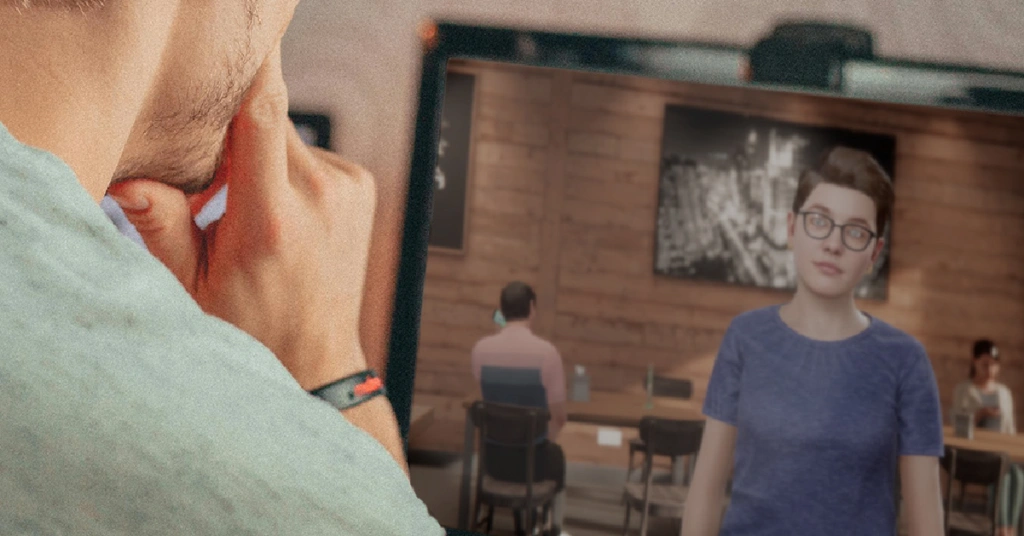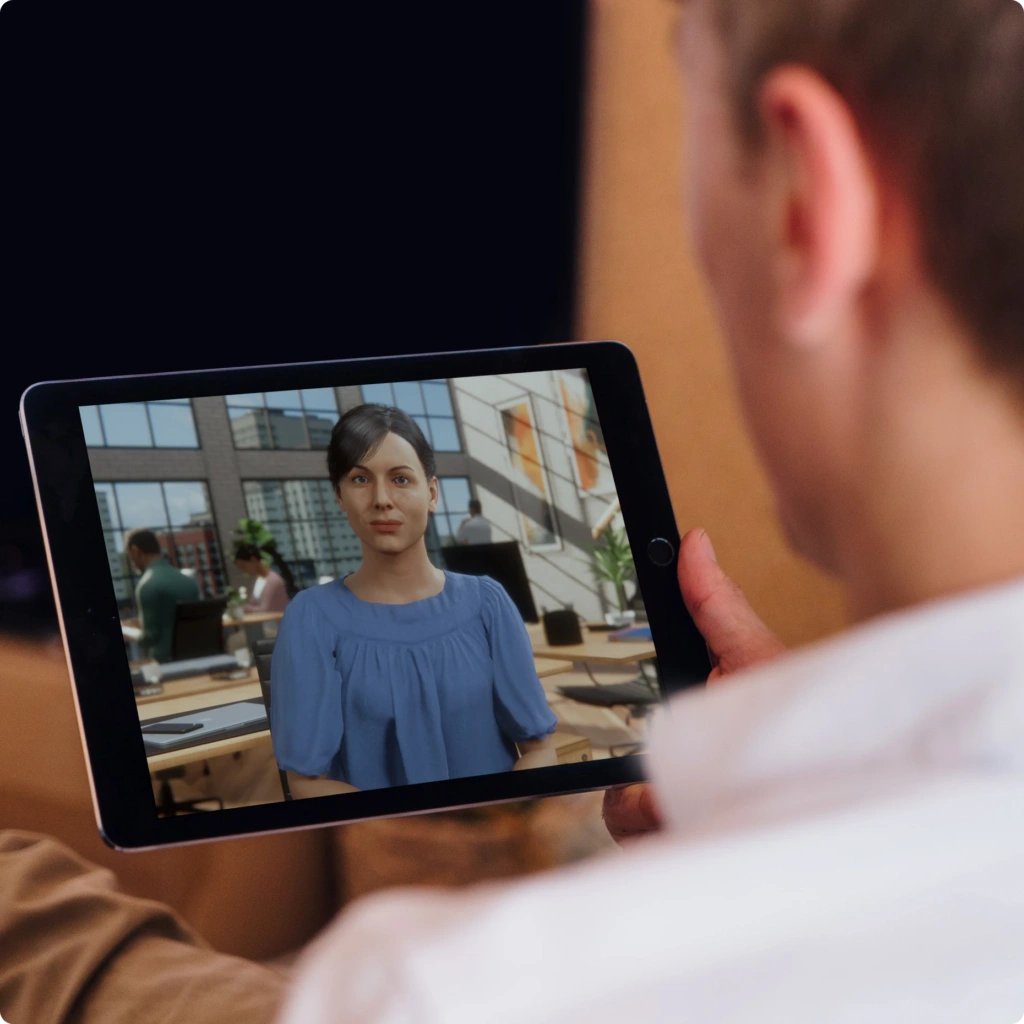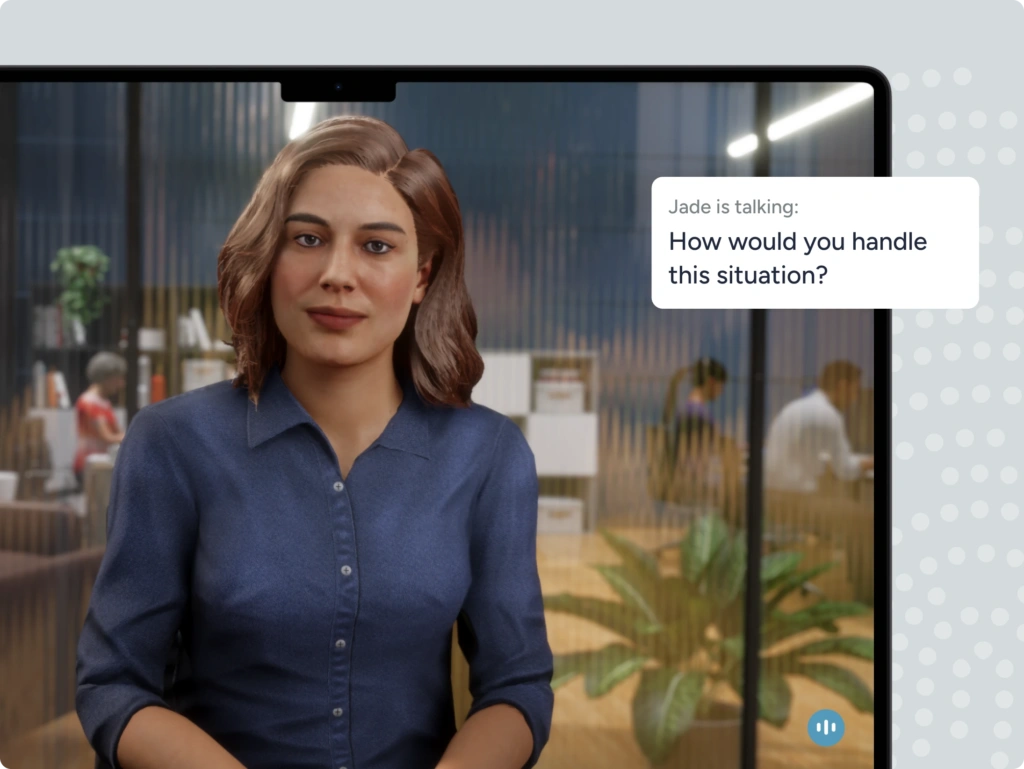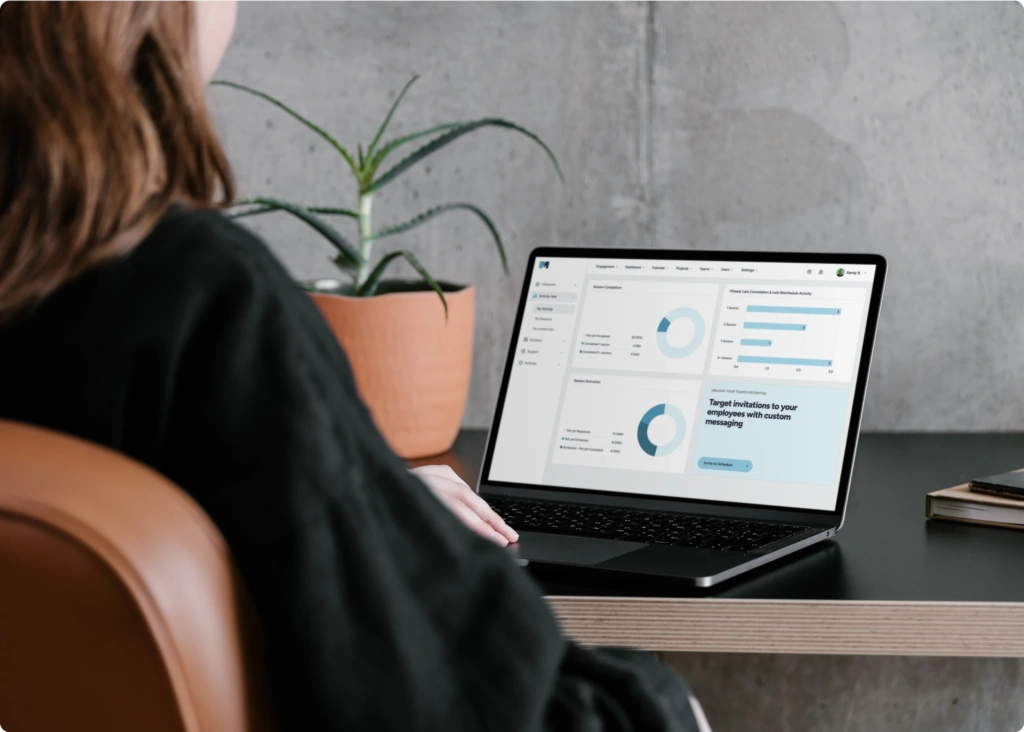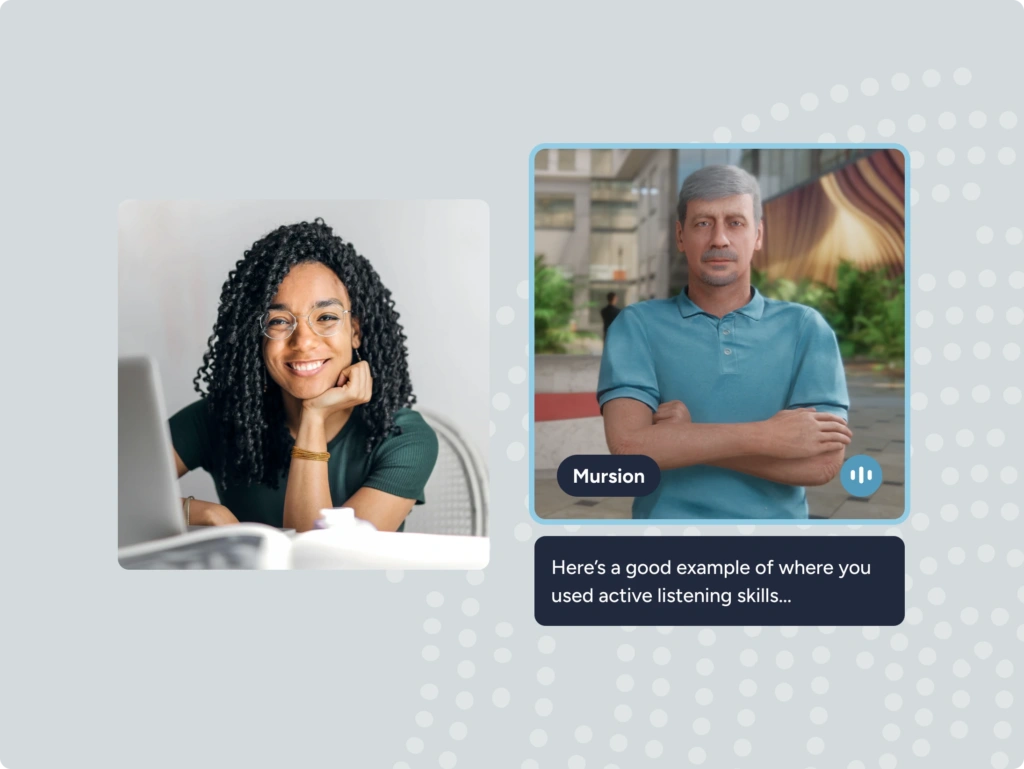Future of Work
Avatars vs. Role Play: Which is the Future of Interpersonal Skills Training?
When practice feels fake, progress never sticks. As workplaces evolve and employee expectations rise,...
September 12, 2025
Future of Work
Practice That Sticks. Results That Scale.
If your training isn’t simulated, it’s slipping away.
August 22, 2025
Future of Work
Raising the Bar: How AI Simulations Are Transforming Frontline Training
Customer experience can make or break a brand. At the moments that matter most,...
July 28, 2025
Future of Work
The Path to Better Management Starts with Practice
Today’s managers are juggling a lot: setting strategic and giving direction while also building...
June 9, 2025
Future of Work
The Power of Choice: Why the Best Leadership Development Combines Human Insight and AI Precision
Personalization isn’t a perk anymore, it’s the baseline. From the platforms on which we...
June 9, 2025
Future of Work
The Future of Health Care Leadership: Embracing Immersive Practice Simulations and Coaching
The health care industry is navigating a period of intense transformation. Staff shortages, rising...
June 9, 2025
Uncategorized
Six Ways Mursion’s AI Upskilling Solution Goes Beyond the Standard Simulation
Technical expertise alone isn’t what sets high-performing teams apart. The real differentiator? Human skills,...
April 25, 2025
Future of Work
How to Measure the ROI of Skills Training: A Flexible Framework for HR and L&D Leaders
Human Resources (HR) and Learning & Development (L&D) leaders are increasingly being asked to...
March 31, 2025
Future of Work
The Science of Skill Development: Why Traditional Training Falls Short—and What to Do Instead
Organizations spend over $200 billion annually on employee training. But despite the scale of...
March 31, 2025

